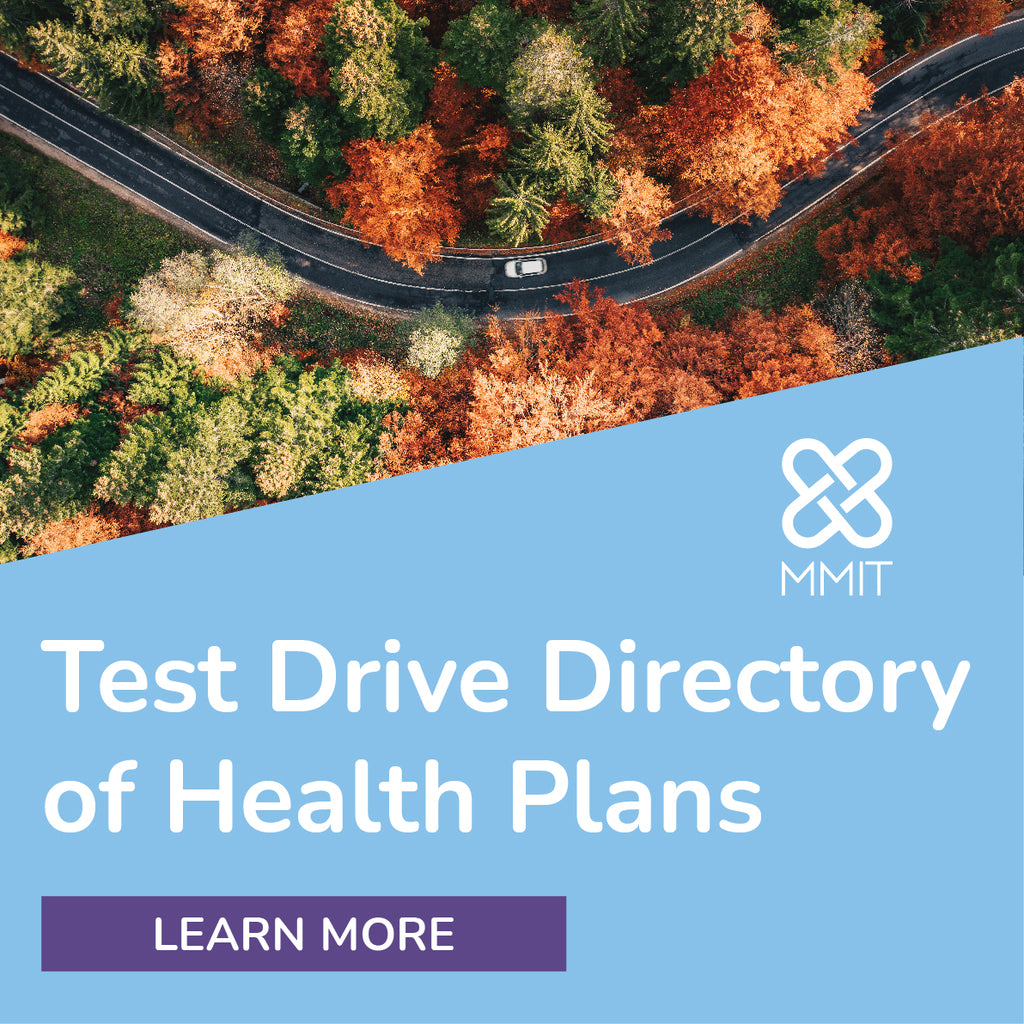Radar on Drug Benefits
-
Coverage of First Humira Biosimilar Varies on ‘Big Three’ PBMs’ Formularies
Following the launch of Amgen Inc.’s Amjevita (adalimumab-atto), a slew of other FDA-approved Humira (adalimumab) biosimilars entered the U.S. market in July under settlement agreements with Humira originator AbbVie Inc. Major PBMs quickly announced that they would add more biosimilars to their formularies to compete with Humira.
At the end of June, UnitedHealth Group’s Optum Rx said it will place Boehringer Ingelheim's Cyltezo (adalimumab-adbm) and Sandoz's Hyrimoz (adalimumab-adaz) on its formulary at parity with Humira starting July 1. The Cigna Group’s Express Scripts then said it would add three biosimilars — Cyltezo, Hyrimoz and adalimumab-adaz (the unbranded equivalent of Hyrimoz) — to its list of preferred drugs.

-
News Briefs: CVS, GoodRx Cut Coupon Deal
CVS Health Co.’s Caremark PBM struck a deal with GoodRx, Inc. that will allow eligible Caremark members to automatically access to GoodRx's prescription pricing at the pharmacy counter, which may lower their out-of-pocket costs for generic medications, per a July 12 press release. Using GoodRx coupons won’t affect members’ deductible and out-of-pocket threshold calculations, CVS added, noting that “plan members only need to utilize their existing benefit card at their preferred in-network pharmacy” to access the new discounts. “Through this program, patients don't have to choose between using their pharmacy benefit or using GoodRx to save on their prescriptions — now they can do both right at the counter so they have confidence they are always paying the lowest available price, said Scott Wagner, interim CEO of GoodRx. “This collaboration can make a meaningful difference for the tens of millions of Americans that CVS Caremark serves." The pact isn’t GoodRx’s first deal with a “big three” PBM — GoodRx also has a similar discount arrangement with The Cigna Group’s Express Scripts.
-
Targeting Just Part D, New Bill Checks Another Item Off PBM Critics’ Wish List
The Senate Finance Committee recently introduced a bill that adds to a growing swell of legislation aimed at changing how PBMs conduct business. This latest measure, which is focused solely on Medicare Part D, aims to delink PBM compensation from drug list prices and utilization. Industry experts say it is meant to complement, rather than compete with, other legislation that targets a broader range of business practices and insurance markets.
The Patients Before Middlemen (PBM) Act, introduced on June 14, targets just Medicare Part D because that program is where the Senate Finance Committee’s jurisdiction lies, explains James Gelfand, president and CEO of the ERISA Industry Committee (ERIC). And based on the Senate Health, Education, Labor and Pensions (HELP) Committee’s jurisdiction, the legislation that it advanced in May — the Pharmacy Benefit Manager Reform Act — would apply just to employer-based health plans and address issues such as rebate retention and spread pricing.

-
Mark Cuban Cost Plus Drug Co. CEO Addresses Specialty Drug Cost Criticism
Alex Oshmyansky, M.D., the CEO of Mark Cuban Cost Plus Drug Co. (MCCPDC), the online cash pharmacy funded by the eponymous billionaire investor, said the company has become a licensed drug wholesaler nationwide and has plans to roll out quasi-PBM business lines including a retail pharmacy network. Oshmyansky discussed these new ventures — and addressed criticism by health care experts that his firm can’t lower specialty pharma costs — during a June 13 keynote at the 2023 AHIP Conference in Portland, Oregon.
“I think it was always our ambition” to work with retail pharmacies, Oshmyanksy said. “I think there’s a variety of products where it just doesn’t necessarily make sense for them to be mail-order products,” citing “cold supply chain” and “acute care medications” as examples.

-
Herceptin Price Drop Is ‘Pretty Promising,’ But May Not Be Replicable for All Biologics
The introduction of five Herceptin (trastuzumab) biosimilars contributed to a 21% decline in the cancer drug’s average sales price from the first quarter of 2019 to the second quarter of 2022, according to a study published this month in Health Affairs. Alice J. Chen, the study’s lead author, tells AIS Health that the adoption of Herceptin biosimilars and subsequent price decrease of the biologic is “a pretty promising case” at a time when biosimilars’ cost-saving potential is generating considerable interest.
However, Chen says the uptake of other drugs’ biosimilars has varied, leading to more modest price declines and questions about how much the health care industry will save as a flood of biosimilars becomes available in the U.S. in the coming years.












